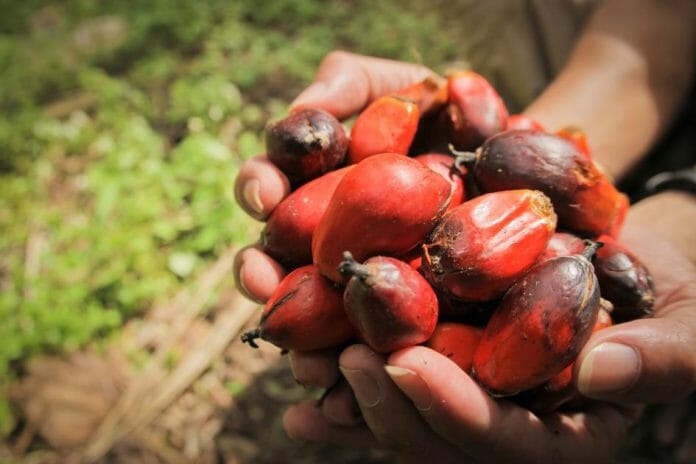The country’s oil palm industry continues to grow despite the efforts of various parties, especially at the international level, criticizing Malaysia as unsustainable as well as threatening nature.
According to the Malaysian Palm Oil Board (MPOB), demand for the country’s palm oil has seen an encouraging increase, and for this year, exports of the material are projected to increase by 3.7 percent to 16.30 million tons compared to 15.72 tons the previous year.
In 2021, Malaysia exported a total of 15.57 million tonnes with increased demand from importing countries such as the United Arab Emirates, Saudi Arabia, Japan, Bangladesh and Egypt.
Looking at the situation, it is not surprising if 85 percent of the approximately 96 million tons of biomass waste in the country’s agricultural sector every year comes from the oil palm industry, which experts say also carries the risk of increasing environmental pollution.
Potential Of Palm Waste
To address this issue, a group of researchers from the University of Malaya led by a lecturer in the Department of Mechanical Engineering, Faculty of Engineering Associate Prof Dr Shaifulazuar Rozali conducted a study to convert palm oil waste into high value carbon.
“Palm coconuts are used to obtain palm oil and palm waste is mostly used for animal feed and organic fertilizer, other than that it is just left to decompose.
“However, the decay of palm oil waste will turn into biomass material that will produce dangerous greenhouse gases including methane gas in addition to leachate water (leaching material) which contributes to environmental pollution,” he explained to Bernama recently.
He further explained that in the study that started in 2019, his party turned palm waste into materials that can be used in daily life in line with the government’s policy that promotes efforts to convert biomass waste into high-value materials.
“Through this study, we found that palm oil waste or that has decomposed into biomass such as palm fronds, empty palm bunches and palm leaves can be transformed into high-value carbon that has the characteristics of activated carbon and nano carbon that is more friendly nature,” he said.
According to him, among the carbon that can be produced from palm waste are activated carbon, biochar, graphene, carbon nanotube, carbon fibre, magnetic nanocarbon and carbon nanospheres which are widely used in the production of various items such as batteries, transistors, sensors, water and air filters, communication materials optics and aerospace components.
“Through this study, we focused on the production of activated carbon, biochar and nano carbon where we also developed a new processing technology that is faster at a lower cost compared to previous studies.
“This study has been completed in 60 percent and we are confident that it can be completed within the next three years depending on funds,” Shaifulazuar added.
According to him, the study was started with a grant from the Ministry of Higher Education but now he needs additional funds to continue and complete the project.
Global Market High Prospects
Commenting further, Shaifulazuar said that since recently, high-value carbon has gained a place in the world market since it is the basic material for the manufacture of various electronic devices.
“Marketsandmarkets.com’s report, for example, shows that the demand for carbon nanotubes in 2021 is worth US$876 million and is projected to increase to US$1.7 billion by 2026.
“Fortune Business Insight expects demand for graphene to grow from US$337 million in 2022 to US$2.17 billion in 2029,” he said.
However, he said, despite the high potential of palm waste, the cost of producing carbon from that material is also high.
“For example, carbon from the nano type, the production cost can reach RM5,000 per kilogram and this can be seen to curb the demand for that type of carbon.
“Therefore, it is the goal of our research to find the best method of producing this carbon material at a lower cost. If it can be realized by using existing raw materials such as palm oil waste, we are sure that Malaysia is capable of becoming the main producer of this carbon in time will come,” he said.
According to him, although Malaysia is currently producing activated carbon, the quantity is small compared to the size of the global market, while the production of nano carbon is only on a laboratory scale.
Under the 12th Malaysia Plan (RMK12), the government introduced a comprehensive National Energy Policy to provide long-term strategic direction to support the country’s carbon neutral aspirations.
Through the plan, renewable energy generation from solar, biomass and biogas is targeted to increase to 31 percent of the total installed capacity by 2025.
The circular economy model is also implemented under RMK12 to reduce pollution, waste generation and dependence on natural resources.









